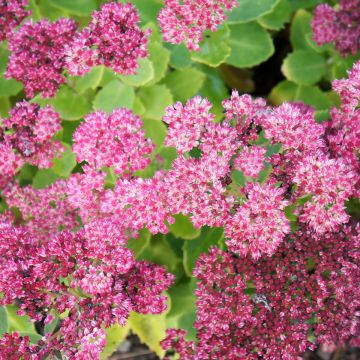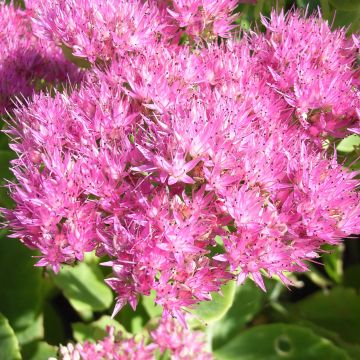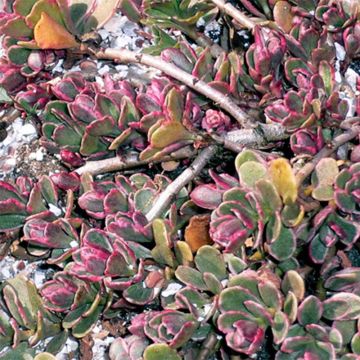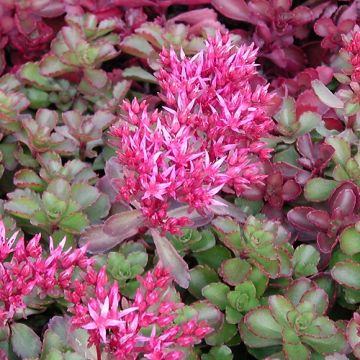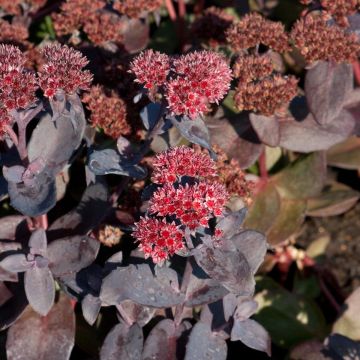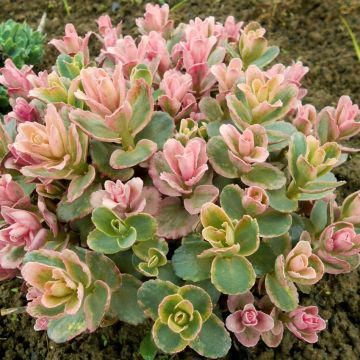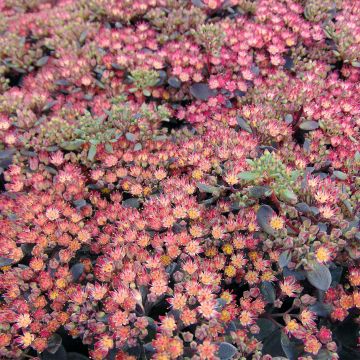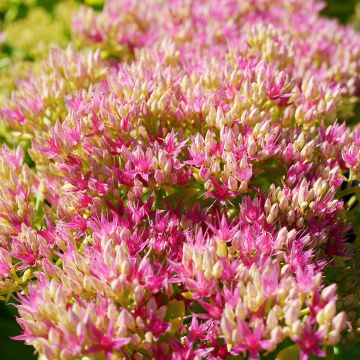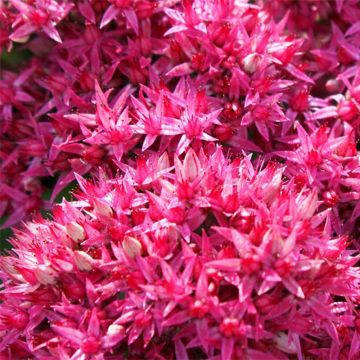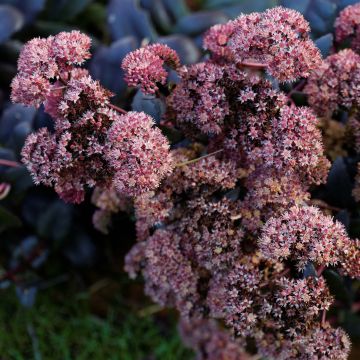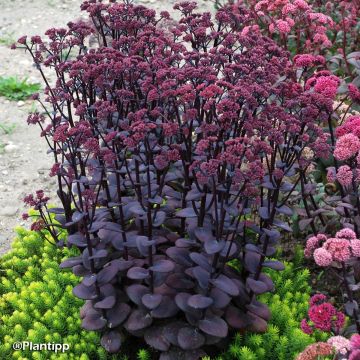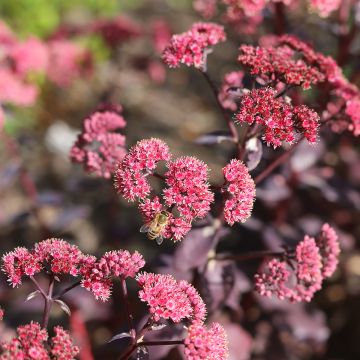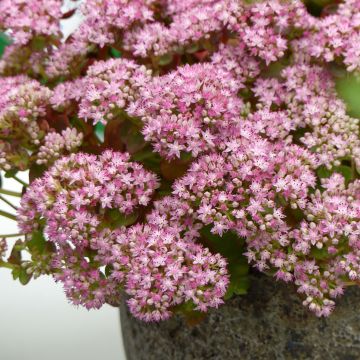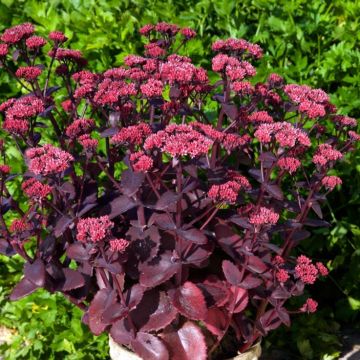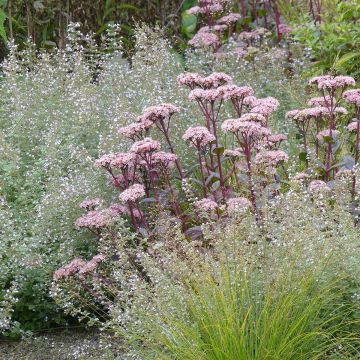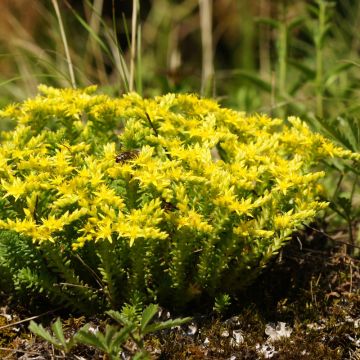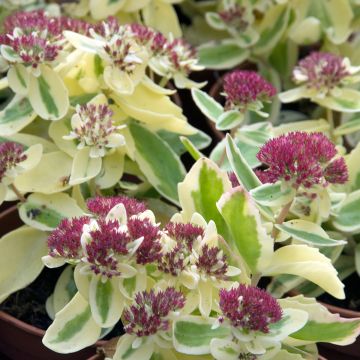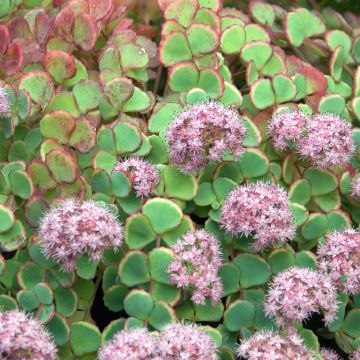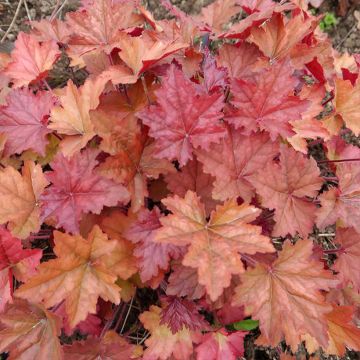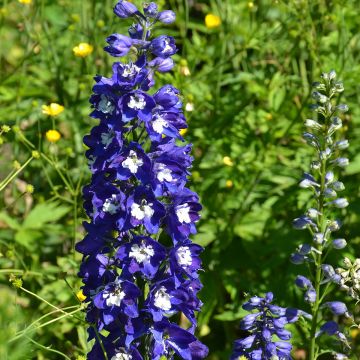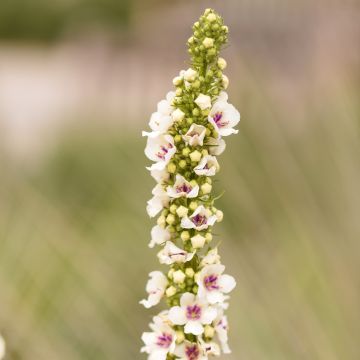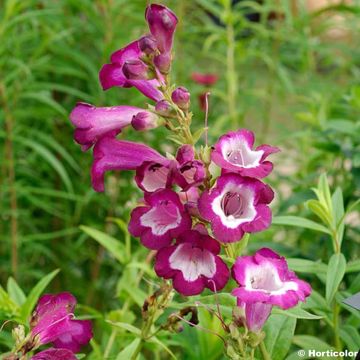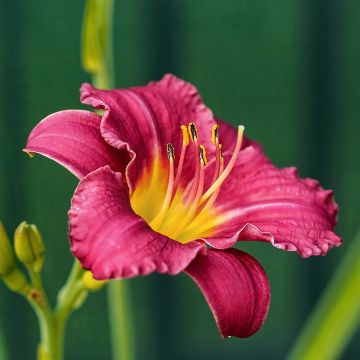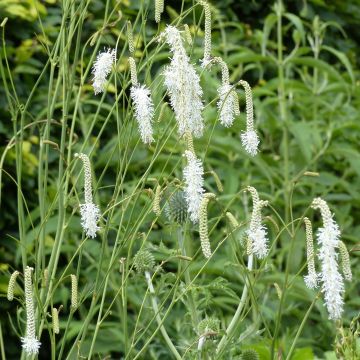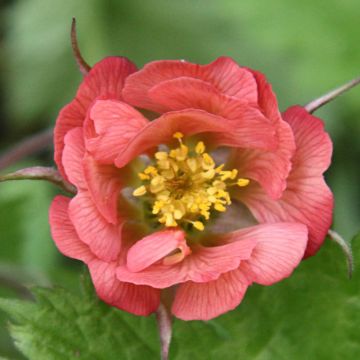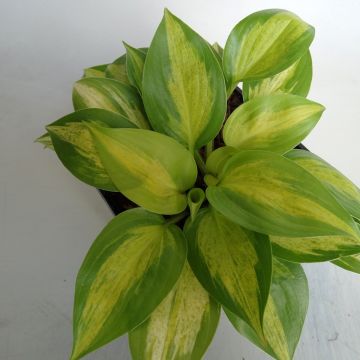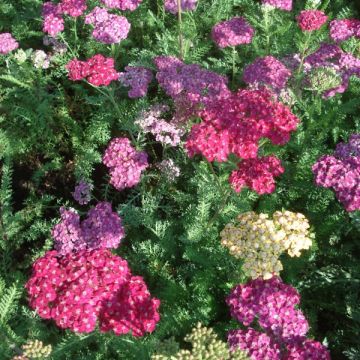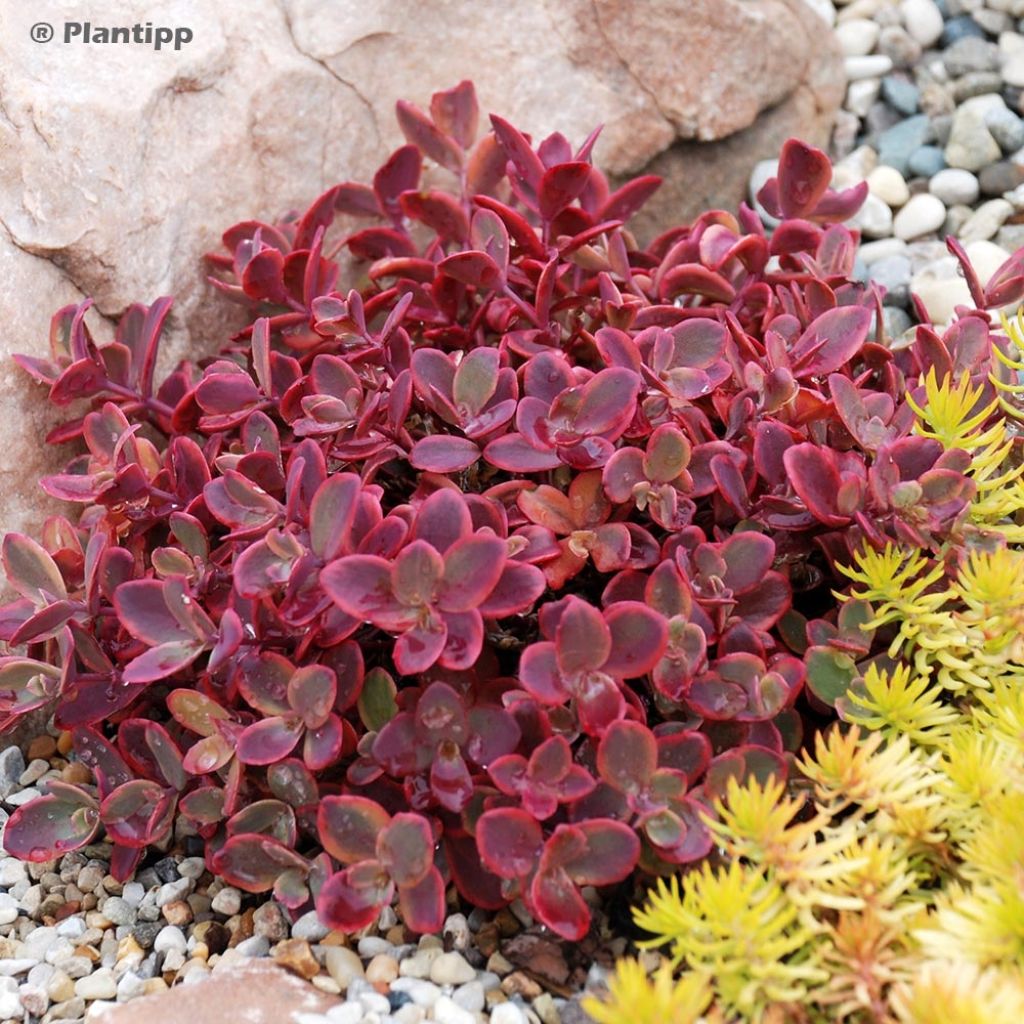

Sedum SUNSPARKLER® Wildfire - Orpin
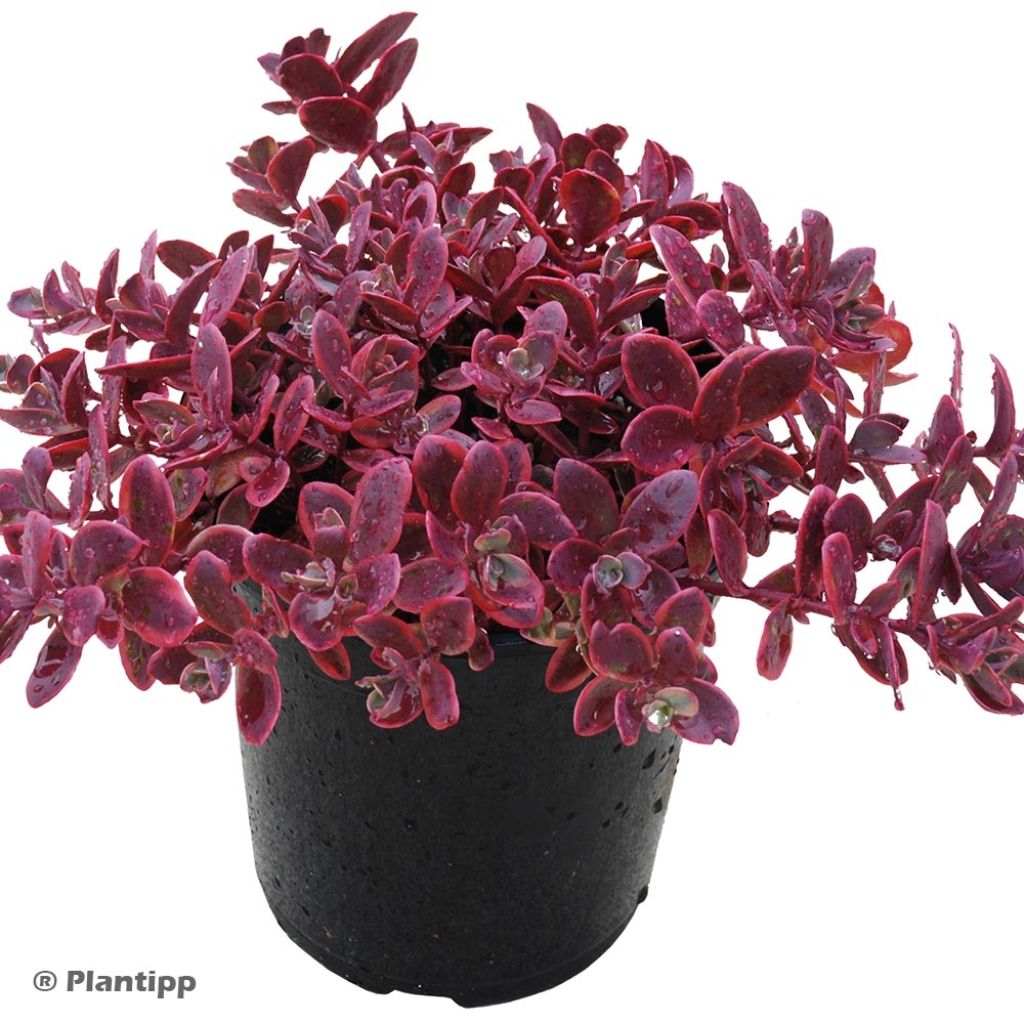

Sedum SUNSPARKLER® Wildfire - Orpin
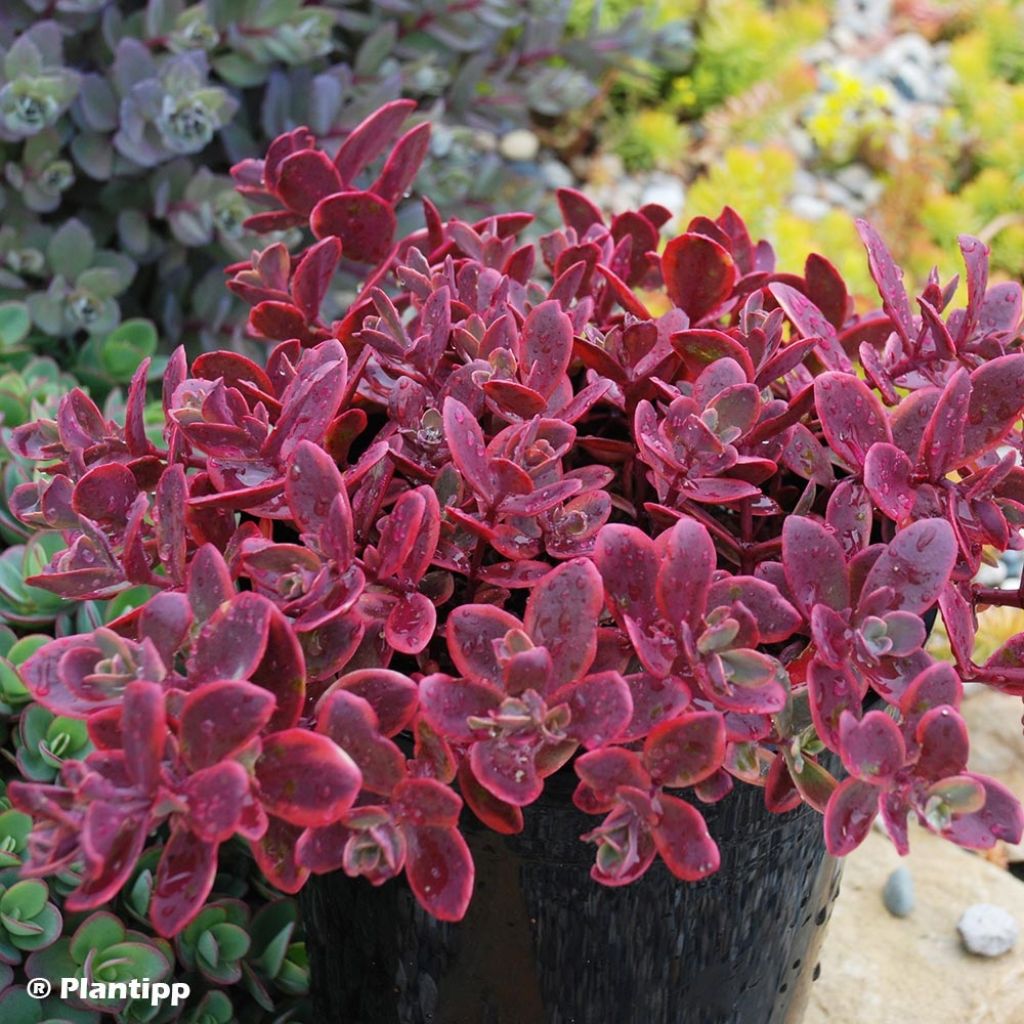

Sedum SUNSPARKLER® Wildfire - Orpin
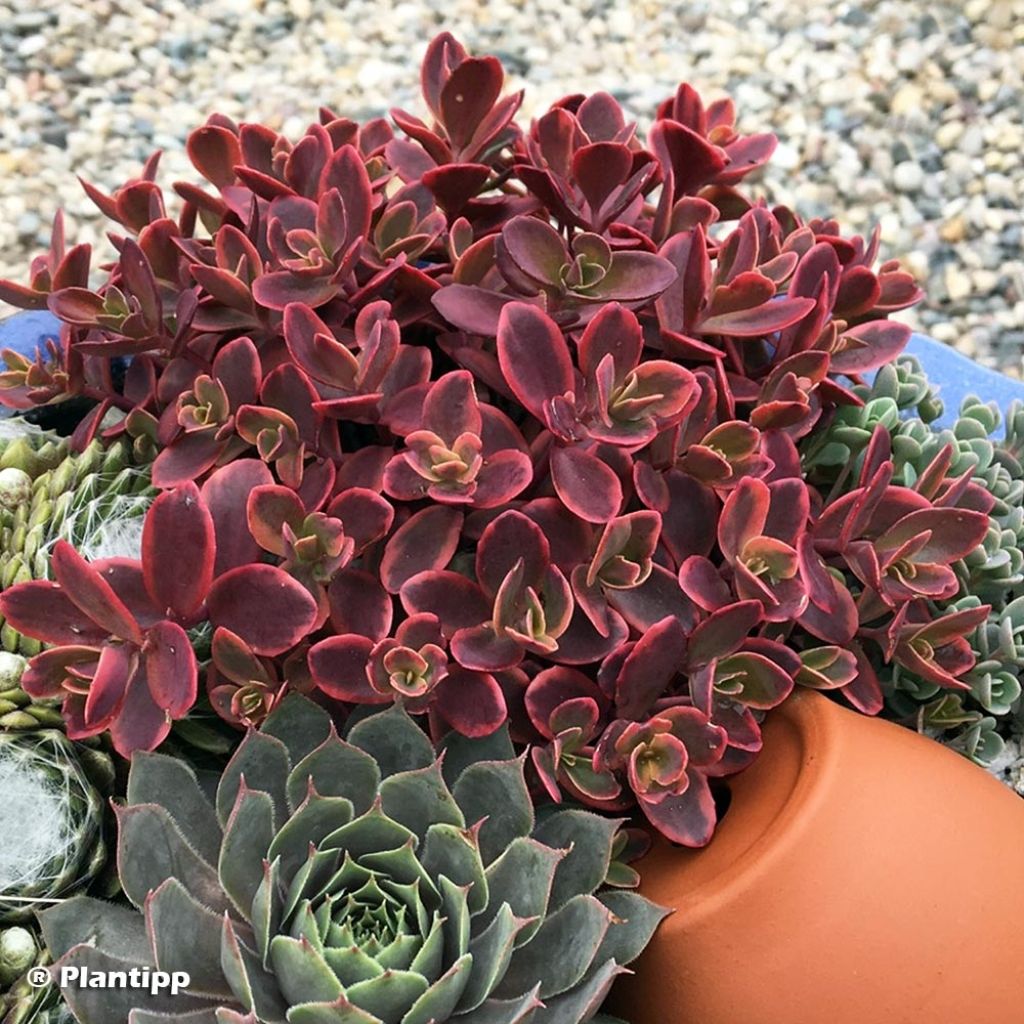

Sedum SUNSPARKLER® Wildfire - Orpin
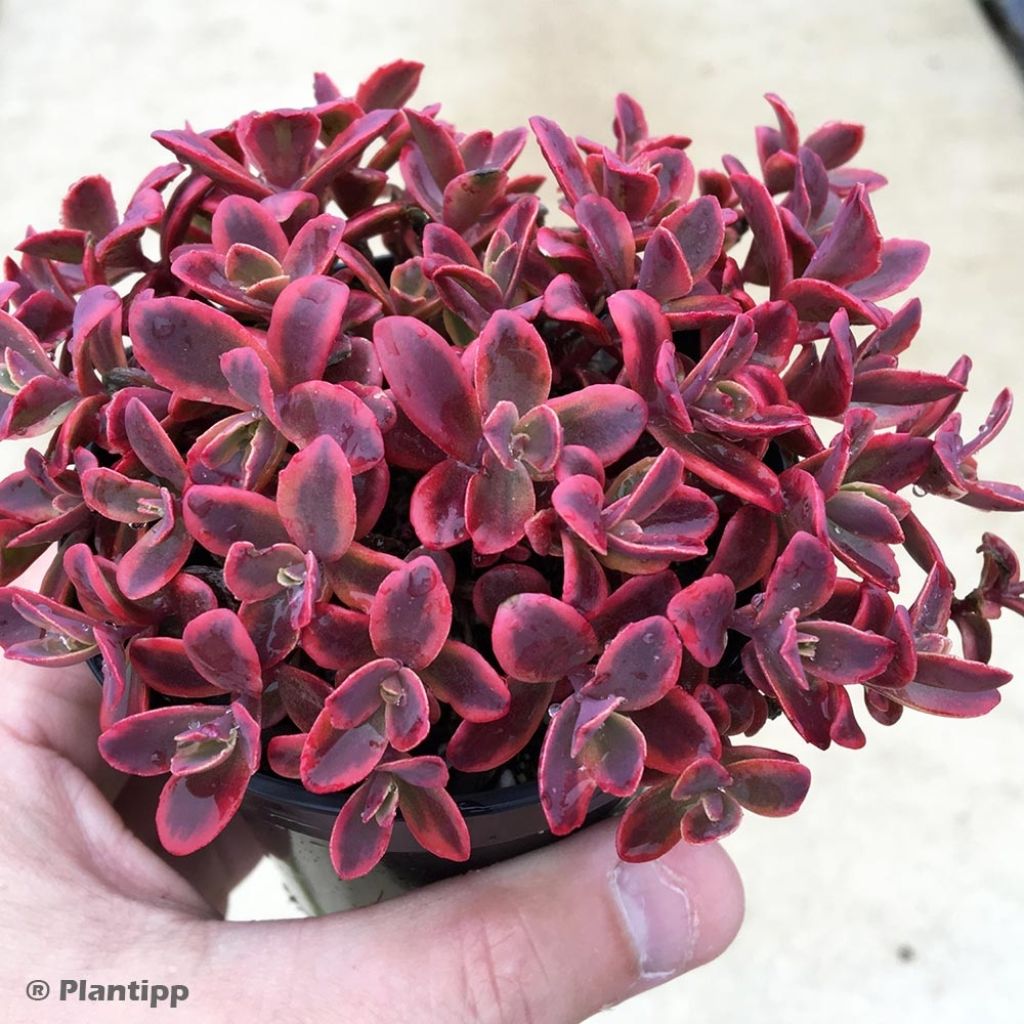

Sedum SUNSPARKLER® Wildfire - Orpin
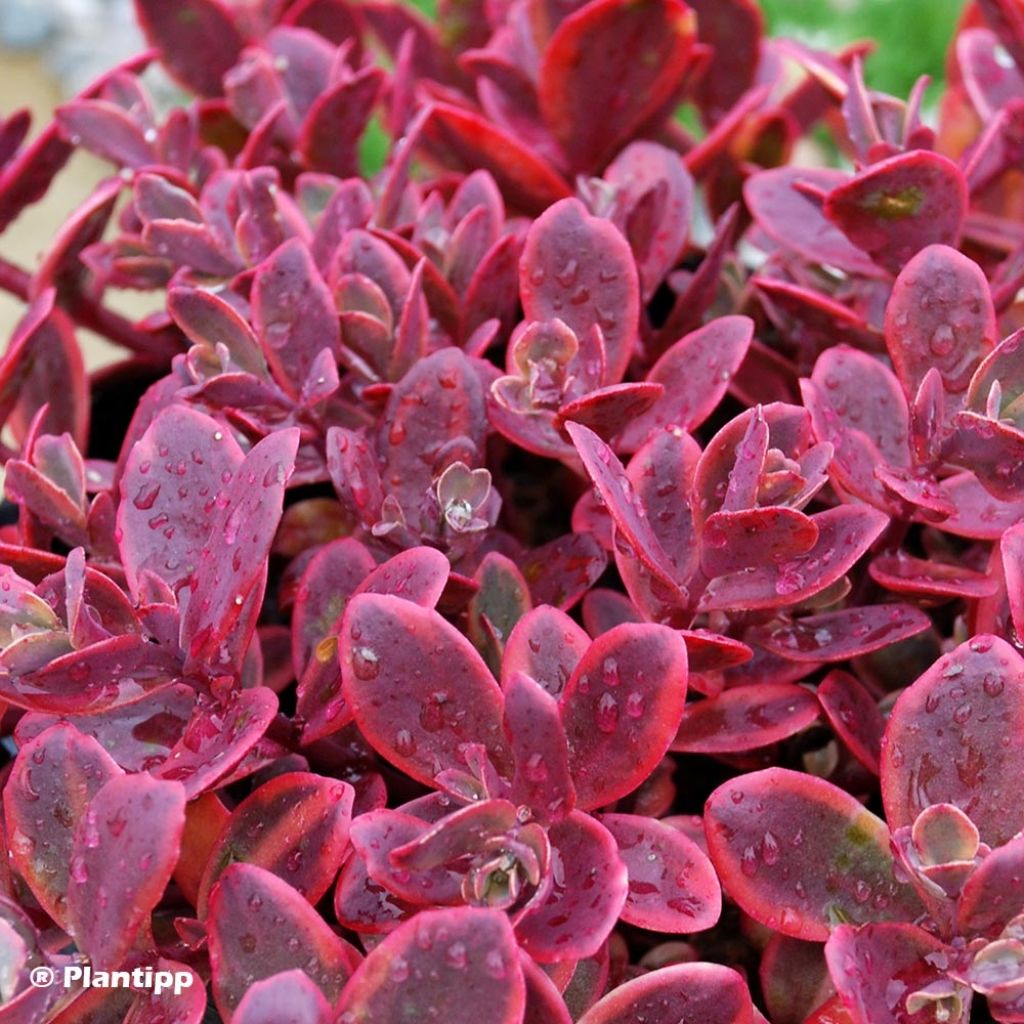

Sedum SUNSPARKLER® Wildfire - Orpin
Sedum Sunsparkler Wildfire - Stonecrop
Sedum Sunsparkler® Wildfire
Stonecrop
Thanks to the individuals (order preparation & shipping), planted in a stone pot with other similar plants, I am looking forward to seeing its progress...
Thierry, 10/06/2020
Why not try an alternative variety in stock?
View all →This plant carries a 12 months recovery warranty
More information
We guarantee the quality of our plants for a full growing cycle, and will replace at our expense any plant that fails to recover under normal climatic and planting conditions.
From €5.90 for pickup delivery and €6.90 for home delivery
Express home delivery from €8.90.
Does this plant fit my garden?
Set up your Plantfit profile →
Description
Sedum 'Wildfire' is a low-growing and compact stonecrop, with small round leaves, variegated with red with pink margins. In late summer, it bears reddish-pink flowers which are highly appreciated by pollinators. It forms a dense cushion. It is equally suitable for rock gardens as well as container cultivation, and prefers dry to moist, well-drained soil in the sun.
Sedums belong to the Crassulaceae family. This family includes many species of succulent plants, which are resistant to drought. There are many allies for the garden, with varied shapes and colours.
'Wildfire' belongs to the SunSparkler hybrid series, which are recent American creations with amazing foliage. This variety, derived from the no less exceptional Sedum 'Firecracker', stands out with its small, round and flat foliage, which is dark red, variegated with dark pink on the margin. A slight blue-green shade remains at the base of the leaves. This will bring vitality to a flower bed. Between August and October, 'Wildfire' produces short spikes of pink flowers, adding a lovely range of colours to the overall display. The flowers are popular with pollinators. The whole plant forms a compact, dense and round cushion, about 20cm (8in) high and 30cm (12in) in diameter. The clump does not hollow out, unlike other varieties.
Place Sedum 'Wildfire' in the sun, or in very light shade (otherwise its stems droop), in any well-drained, rocky soil, that is not too acidic, where it will make a good ground cover. It is also very easy to grow in a pot, taking care not to overwater it and selecting a substrate that does not retain too much moisture. In late autumn, the stems and leaves disappear completely, and you can cut off the dry parts in early spring.
In a rockery or dry border, you can plant it with Acaena inermis 'Purpurea' as ground cover, or with Heuchera 'Midnight Rose' for a range of pink-purple shades. It will also be a good companion for other rockery plants such as Dianthus gratianopolitanus 'Kahori', Erigeron karvinskianus, Iris germanica 'Katy Petts', or even Eryngium 'Tiny Jackpot'.
Report an error about the product description
Sedum Sunsparkler Wildfire - Stonecrop in pictures
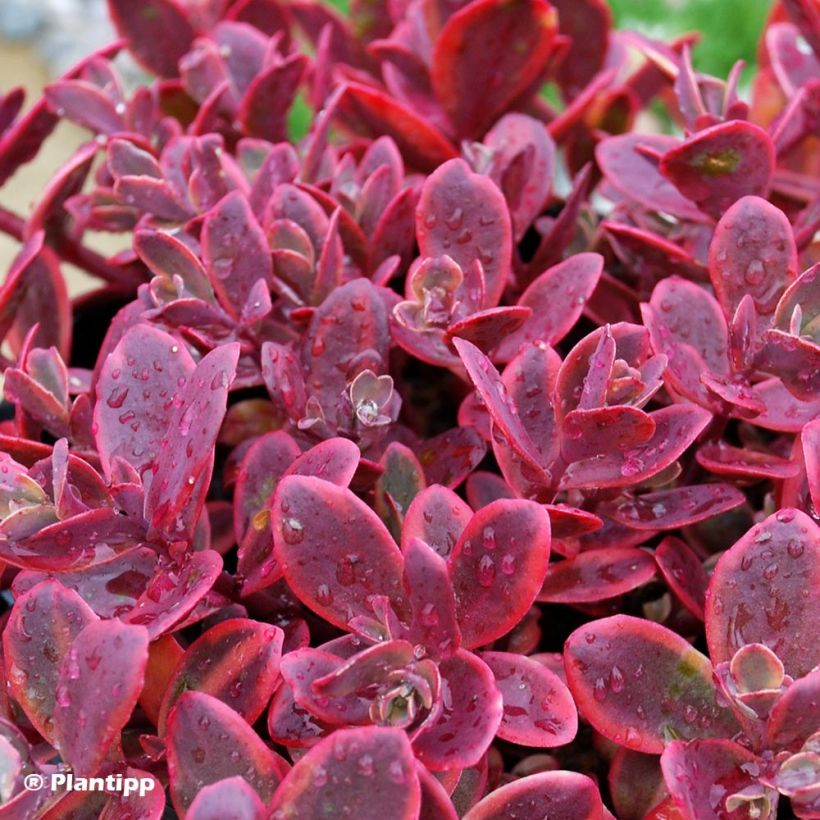

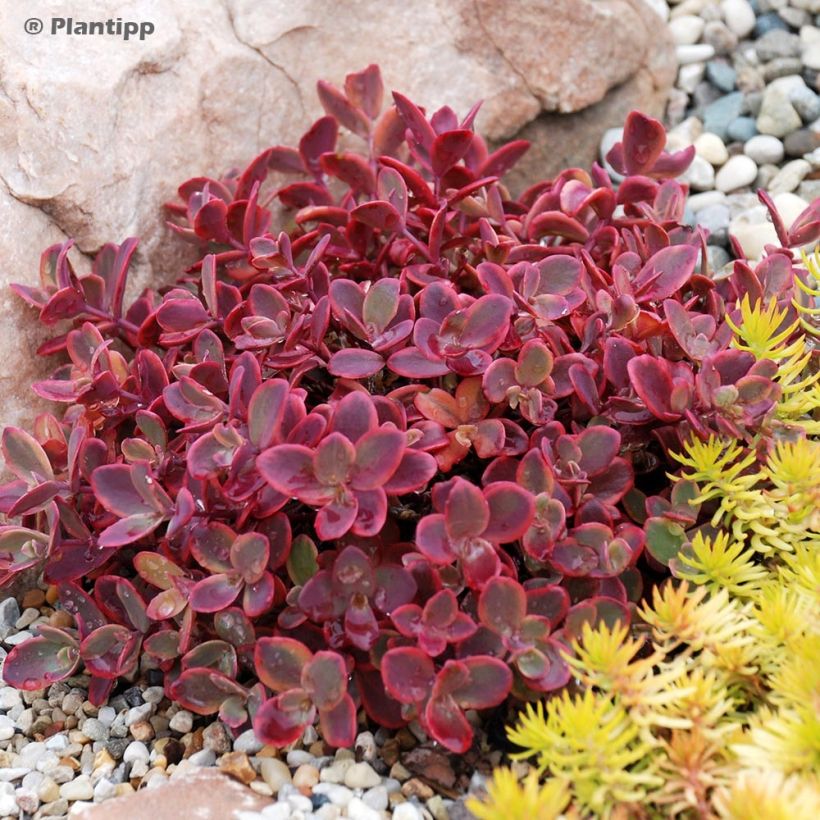

Flowering
Foliage
Plant habit
Botanical data
Sedum
Sunsparkler® Wildfire
Crassulaceae
Stonecrop
Cultivar or hybrid
Other Sedum
Planting and care
Plant Sedum 'Wildfire' in dry, even rocky, and sunny soil in spring or autumn. It also tolerates limestone substrates. However, if your soil is moist or may retain some humidity in winter, add gravel to the planting hole. Take the same precautions if you want to place it in a container.
Prune the inflorescences at the end of flowering or in early spring if you prefer to keep the dried flowers on the plant for winter decoration. Beware of gastropods, which attack the leaves. Divide the stump if the sedum thins out in the centre. This is usually required approximately every 3-4 years, depending on its development.
Planting period
Intended location
Care
-
, onOrder confirmed
Reply from on Promesse de fleurs
Summer flowering perennials
Haven't found what you were looking for?
Hardiness is the lowest winter temperature a plant can endure without suffering serious damage or even dying. However, hardiness is affected by location (a sheltered area, such as a patio), protection (winter cover) and soil type (hardiness is improved by well-drained soil).

Photo Sharing Terms & Conditions
In order to encourage gardeners to interact and share their experiences, Promesse de fleurs offers various media enabling content to be uploaded onto its Site - in particular via the ‘Photo sharing’ module.
The User agrees to refrain from:
- Posting any content that is illegal, prejudicial, insulting, racist, inciteful to hatred, revisionist, contrary to public decency, that infringes on privacy or on the privacy rights of third parties, in particular the publicity rights of persons and goods, intellectual property rights, or the right to privacy.
- Submitting content on behalf of a third party;
- Impersonate the identity of a third party and/or publish any personal information about a third party;
In general, the User undertakes to refrain from any unethical behaviour.
All Content (in particular text, comments, files, images, photos, videos, creative works, etc.), which may be subject to property or intellectual property rights, image or other private rights, shall remain the property of the User, subject to the limited rights granted by the terms of the licence granted by Promesse de fleurs as stated below. Users are at liberty to publish or not to publish such Content on the Site, notably via the ‘Photo Sharing’ facility, and accept that this Content shall be made public and freely accessible, notably on the Internet.
Users further acknowledge, undertake to have ,and guarantee that they hold all necessary rights and permissions to publish such material on the Site, in particular with regard to the legislation in force pertaining to any privacy, property, intellectual property, image, or contractual rights, or rights of any other nature. By publishing such Content on the Site, Users acknowledge accepting full liability as publishers of the Content within the meaning of the law, and grant Promesse de fleurs, free of charge, an inclusive, worldwide licence for the said Content for the entire duration of its publication, including all reproduction, representation, up/downloading, displaying, performing, transmission, and storage rights.
Users also grant permission for their name to be linked to the Content and accept that this link may not always be made available.
By engaging in posting material, Users consent to their Content becoming automatically accessible on the Internet, in particular on other sites and/or blogs and/or web pages of the Promesse de fleurs site, including in particular social pages and the Promesse de fleurs catalogue.
Users may secure the removal of entrusted content free of charge by issuing a simple request via our contact form.
The flowering period indicated on our website applies to countries and regions located in USDA zone 8 (France, the United Kingdom, Ireland, the Netherlands, etc.)
It will vary according to where you live:
- In zones 9 to 10 (Italy, Spain, Greece, etc.), flowering will occur about 2 to 4 weeks earlier.
- In zones 6 to 7 (Germany, Poland, Slovenia, and lower mountainous regions), flowering will be delayed by 2 to 3 weeks.
- In zone 5 (Central Europe, Scandinavia), blooming will be delayed by 3 to 5 weeks.
In temperate climates, pruning of spring-flowering shrubs (forsythia, spireas, etc.) should be done just after flowering.
Pruning of summer-flowering shrubs (Indian Lilac, Perovskia, etc.) can be done in winter or spring.
In cold regions as well as with frost-sensitive plants, avoid pruning too early when severe frosts may still occur.
The planting period indicated on our website applies to countries and regions located in USDA zone 8 (France, United Kingdom, Ireland, Netherlands).
It will vary according to where you live:
- In Mediterranean zones (Marseille, Madrid, Milan, etc.), autumn and winter are the best planting periods.
- In continental zones (Strasbourg, Munich, Vienna, etc.), delay planting by 2 to 3 weeks in spring and bring it forward by 2 to 4 weeks in autumn.
- In mountainous regions (the Alps, Pyrenees, Carpathians, etc.), it is best to plant in late spring (May-June) or late summer (August-September).
The harvesting period indicated on our website applies to countries and regions in USDA zone 8 (France, England, Ireland, the Netherlands).
In colder areas (Scandinavia, Poland, Austria...) fruit and vegetable harvests are likely to be delayed by 3-4 weeks.
In warmer areas (Italy, Spain, Greece, etc.), harvesting will probably take place earlier, depending on weather conditions.
The sowing periods indicated on our website apply to countries and regions within USDA Zone 8 (France, UK, Ireland, Netherlands).
In colder areas (Scandinavia, Poland, Austria...), delay any outdoor sowing by 3-4 weeks, or sow under glass.
In warmer climes (Italy, Spain, Greece, etc.), bring outdoor sowing forward by a few weeks.

































